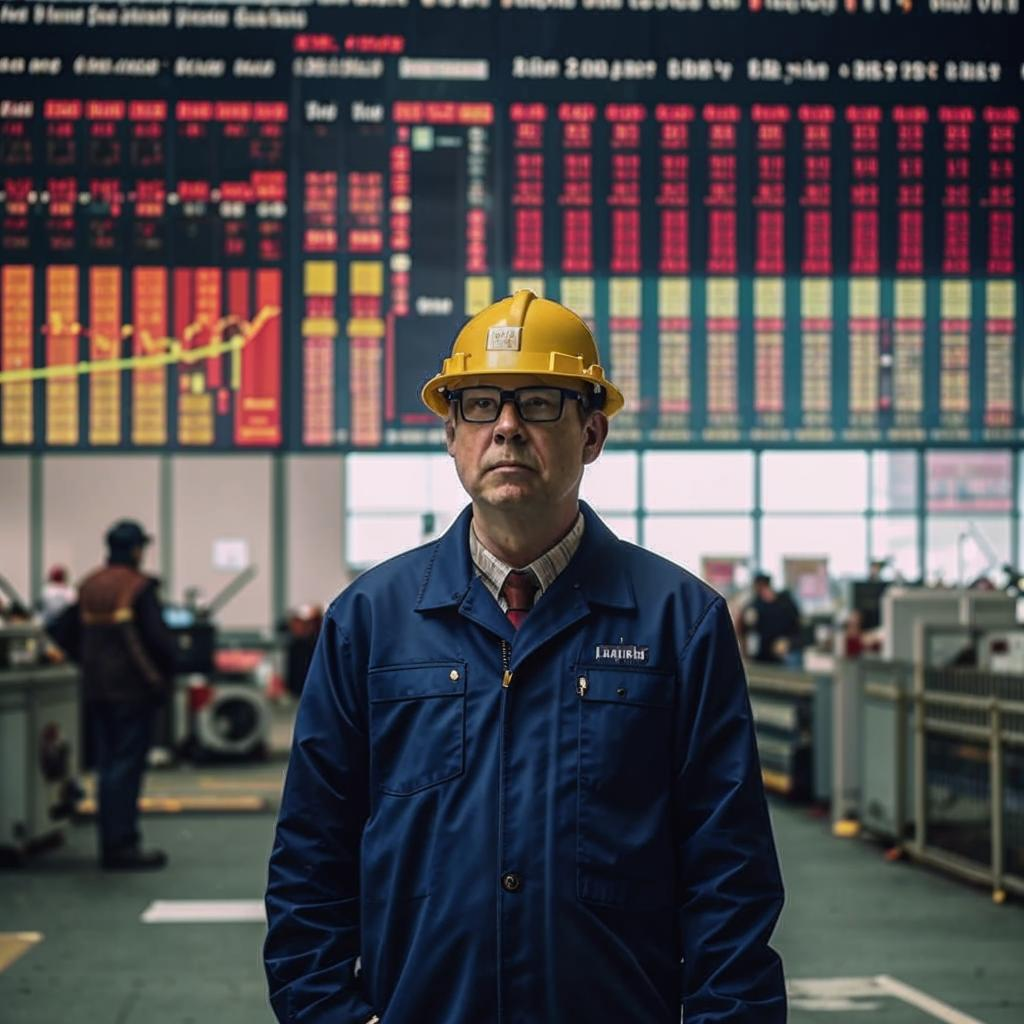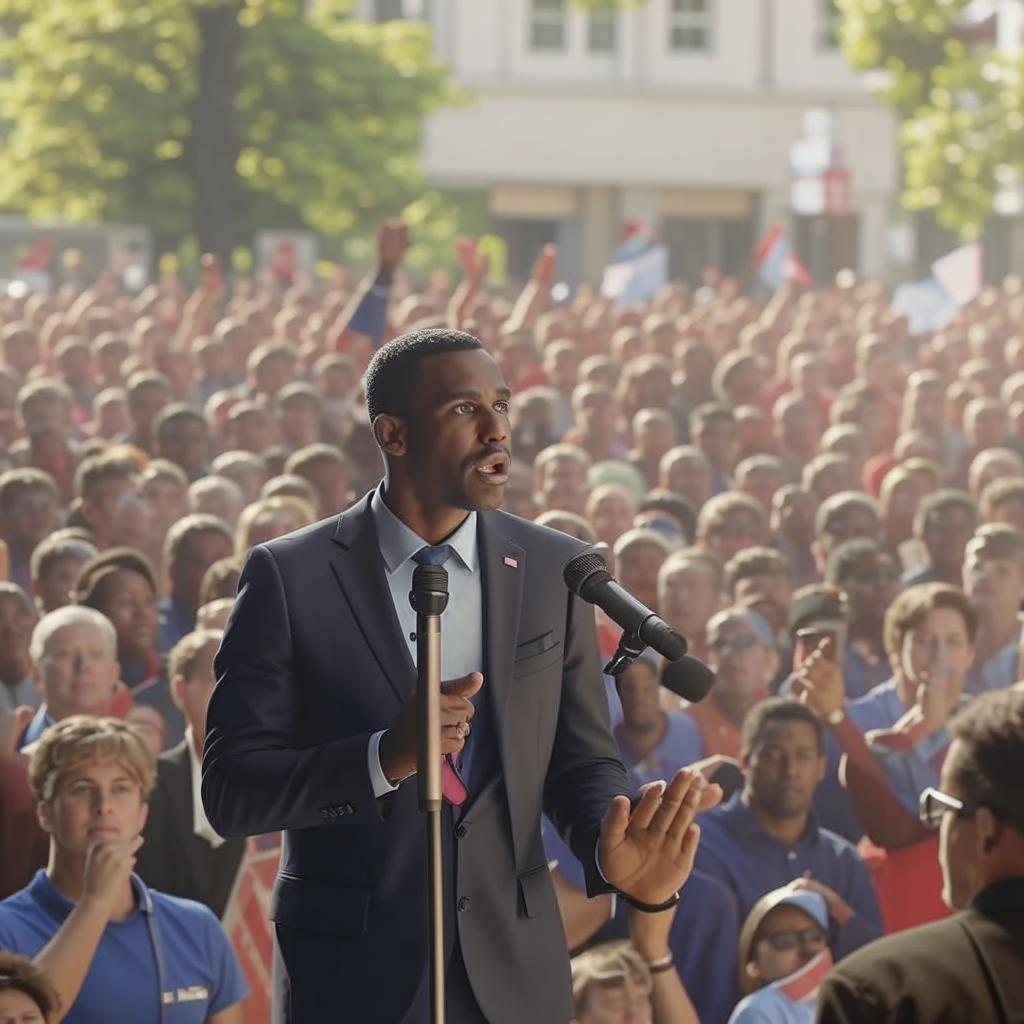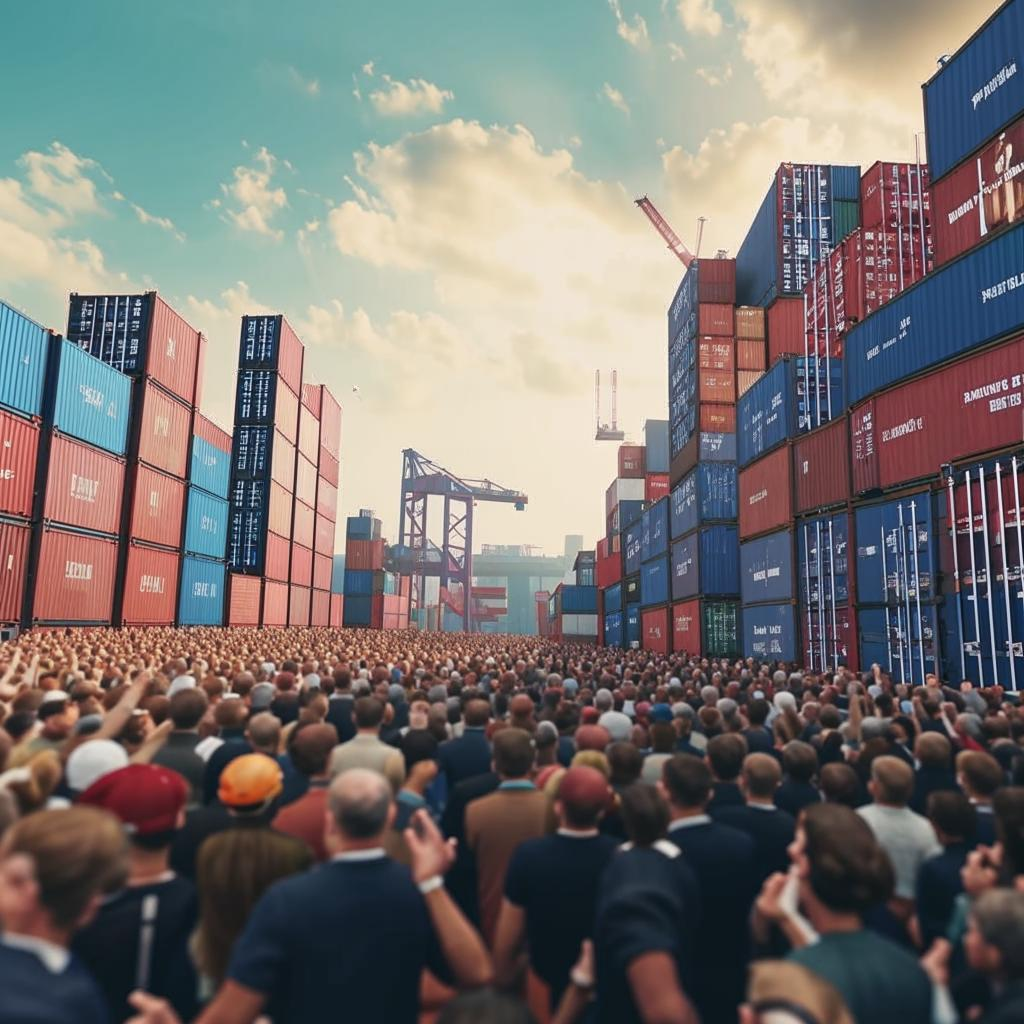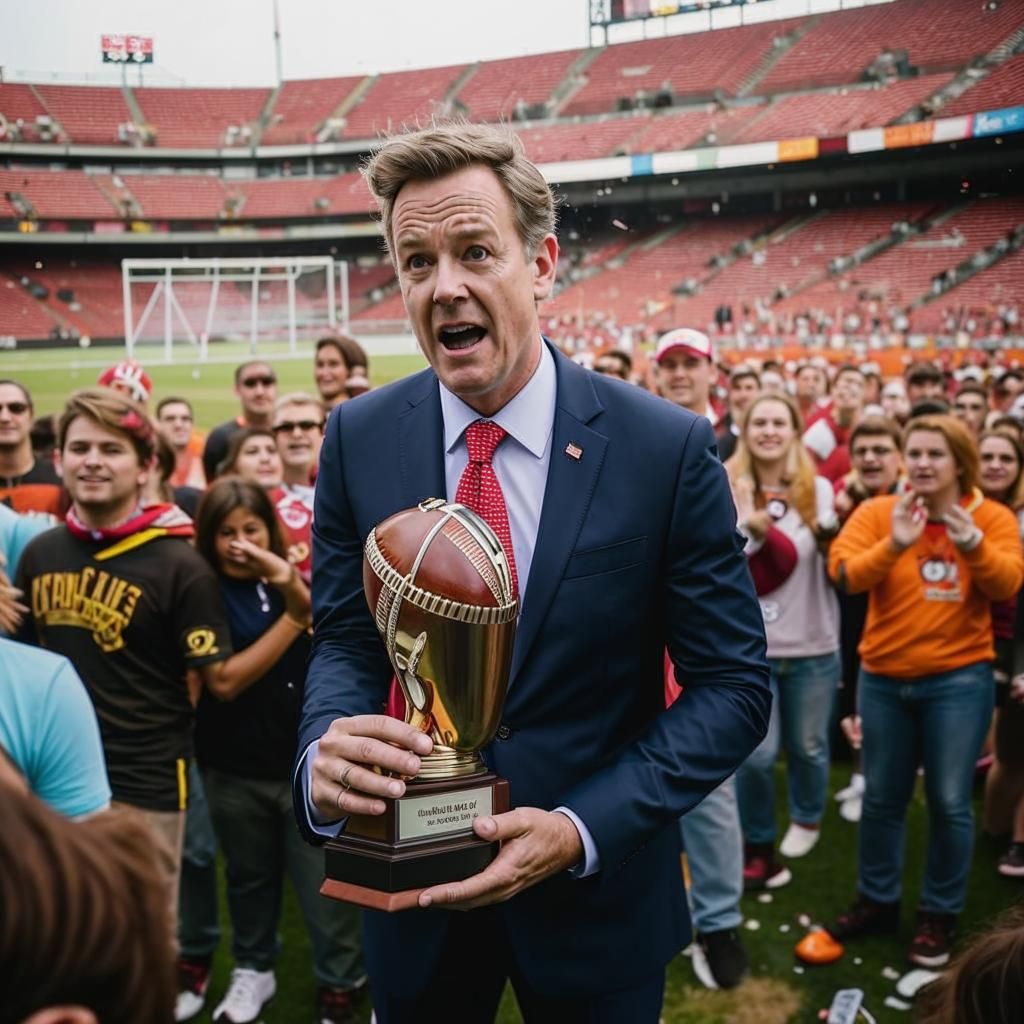Trump’s trade policies, a cornerstone of his 2016 campaign, are facing increasing scrutiny as the economic consequences of tariffs become more apparent. A key promise was to bring back manufacturing jobs and reduce the trade deficit, but the tariffs have so far not delivered on those goals.
While some industries have benefited from protectionist measures, many others, particularly those reliant on imported goods, have been negatively impacted. Farmers, for instance, have suffered as retaliatory tariffs from countries like China have reduced demand for American agricultural products. This has led to government subsidies aimed at mitigating the damage, a move that contradicts the promise of fiscal responsibility.
Furthermore, the trade war has fueled uncertainty in the global economy, leading to market volatility and potentially slowing economic growth. Businesses are hesitant to invest amid the unpredictable trade landscape, and consumers are facing higher prices on some goods.
Critics argue that the tariffs are a tax on American consumers and businesses, and that they are ultimately harming the very people they were intended to help. They point to the fact that the trade deficit has not significantly decreased and that manufacturing jobs have not returned in large numbers. The promise of a quick and easy fix to trade imbalances has proven to be far more complex and challenging than initially portrayed. The collision of campaign rhetoric with economic reality is creating political and economic headwinds for the administration.














